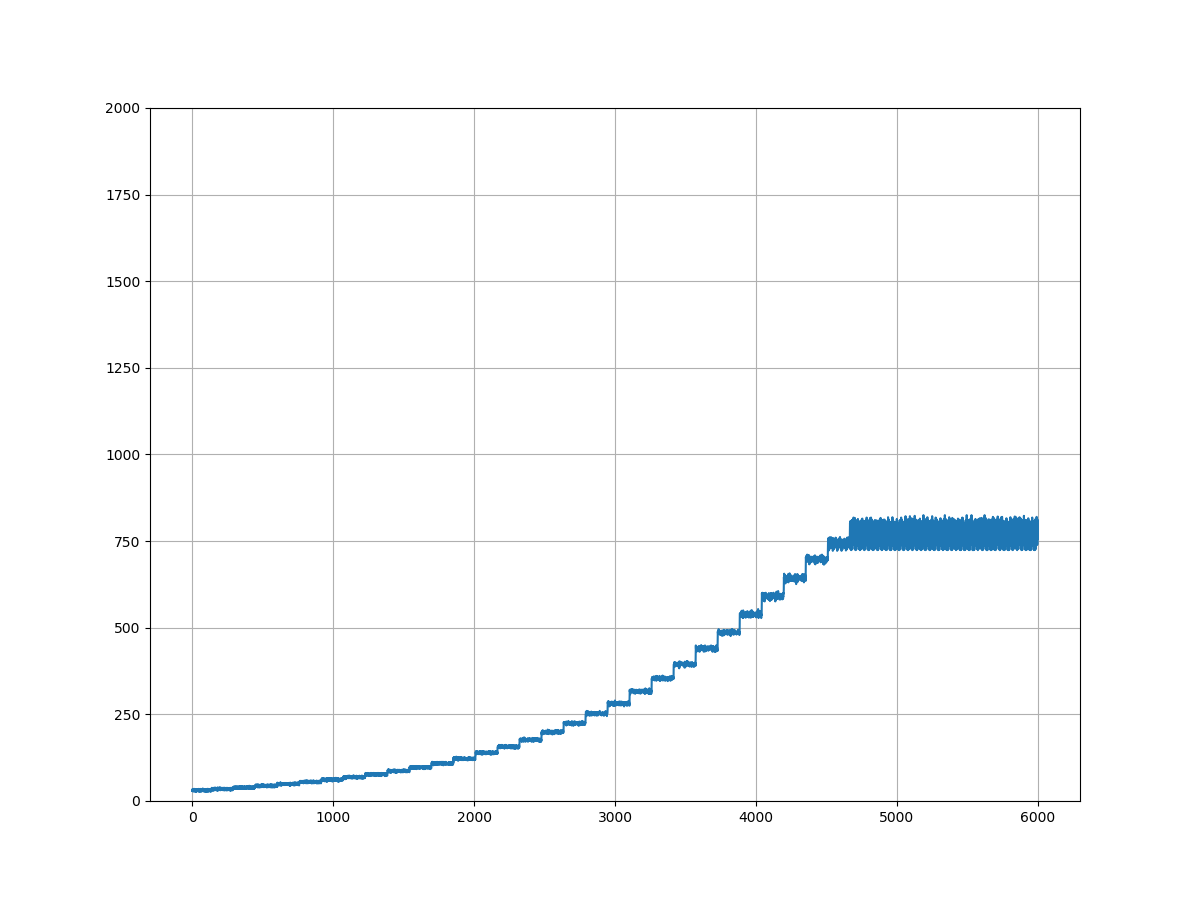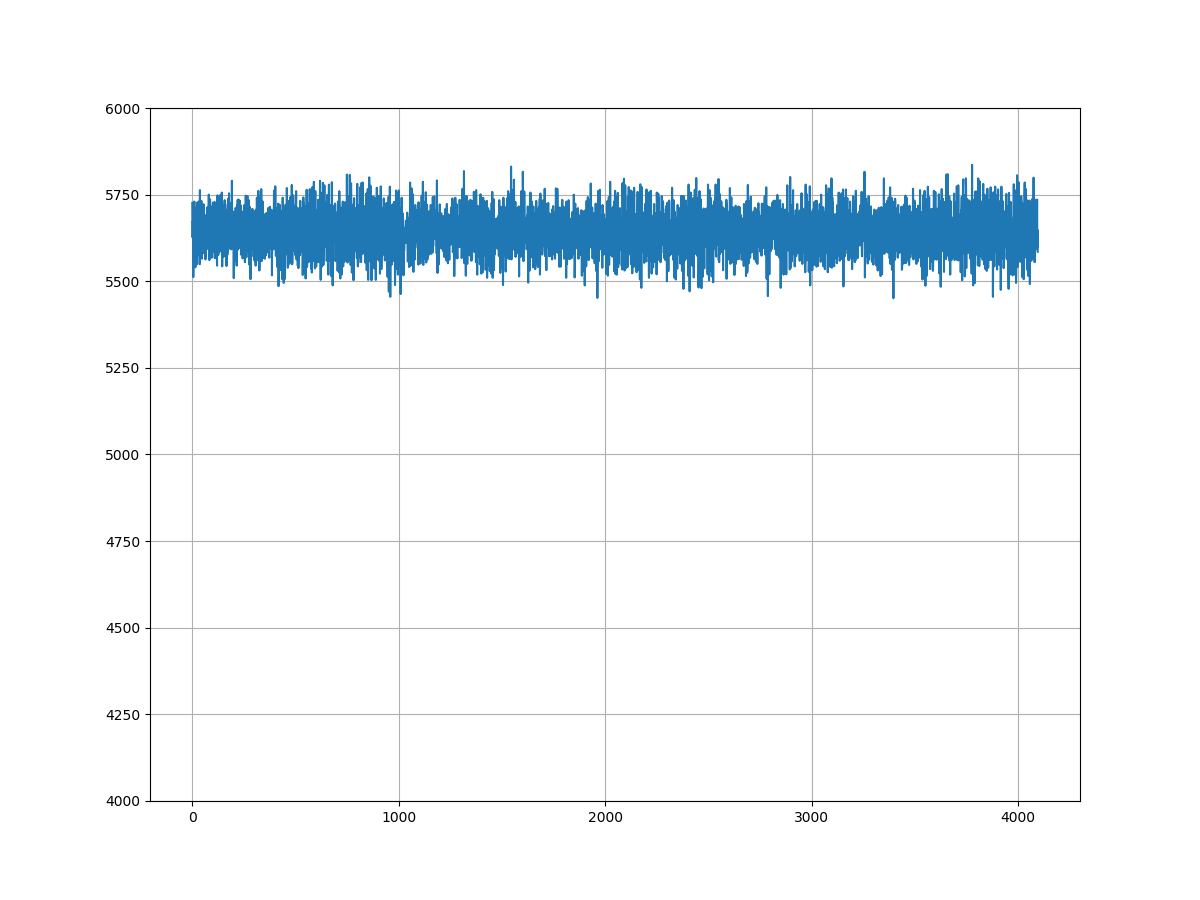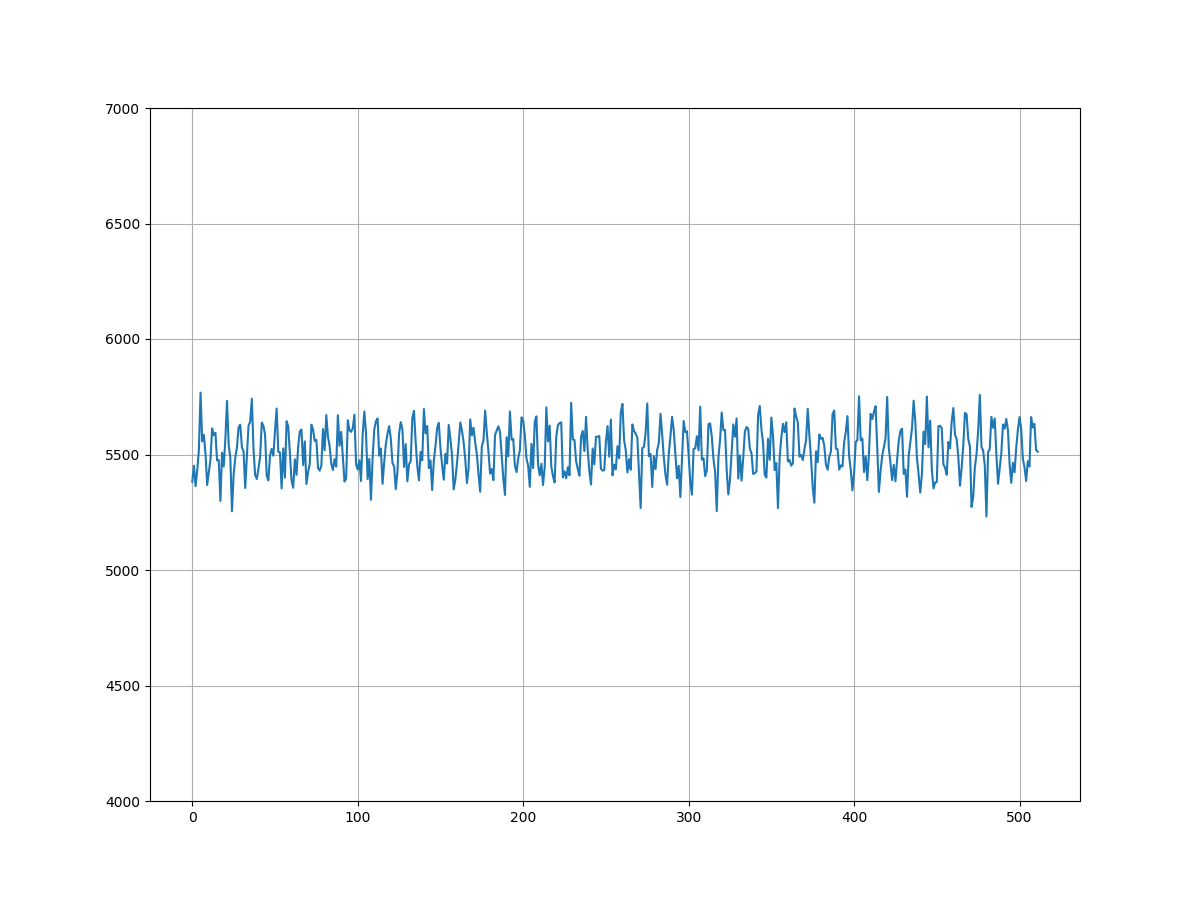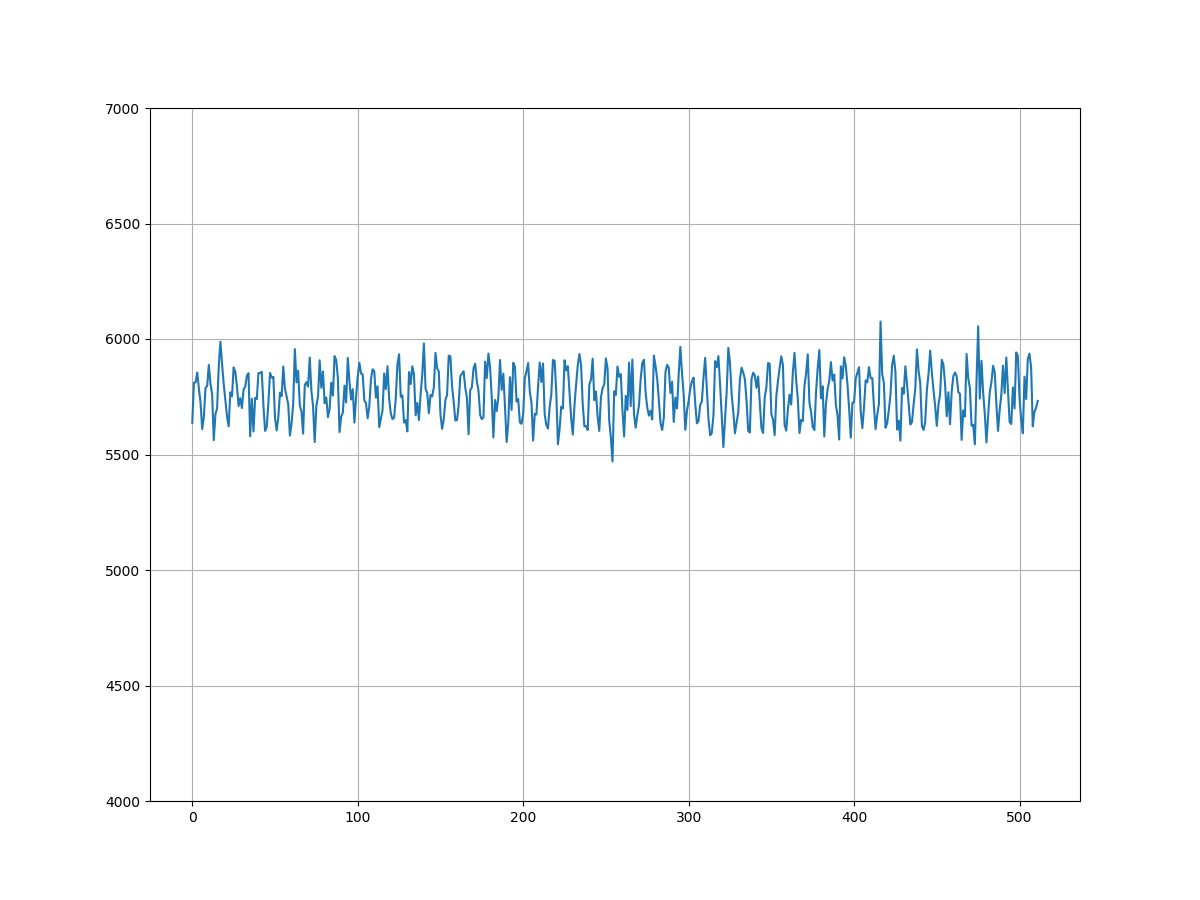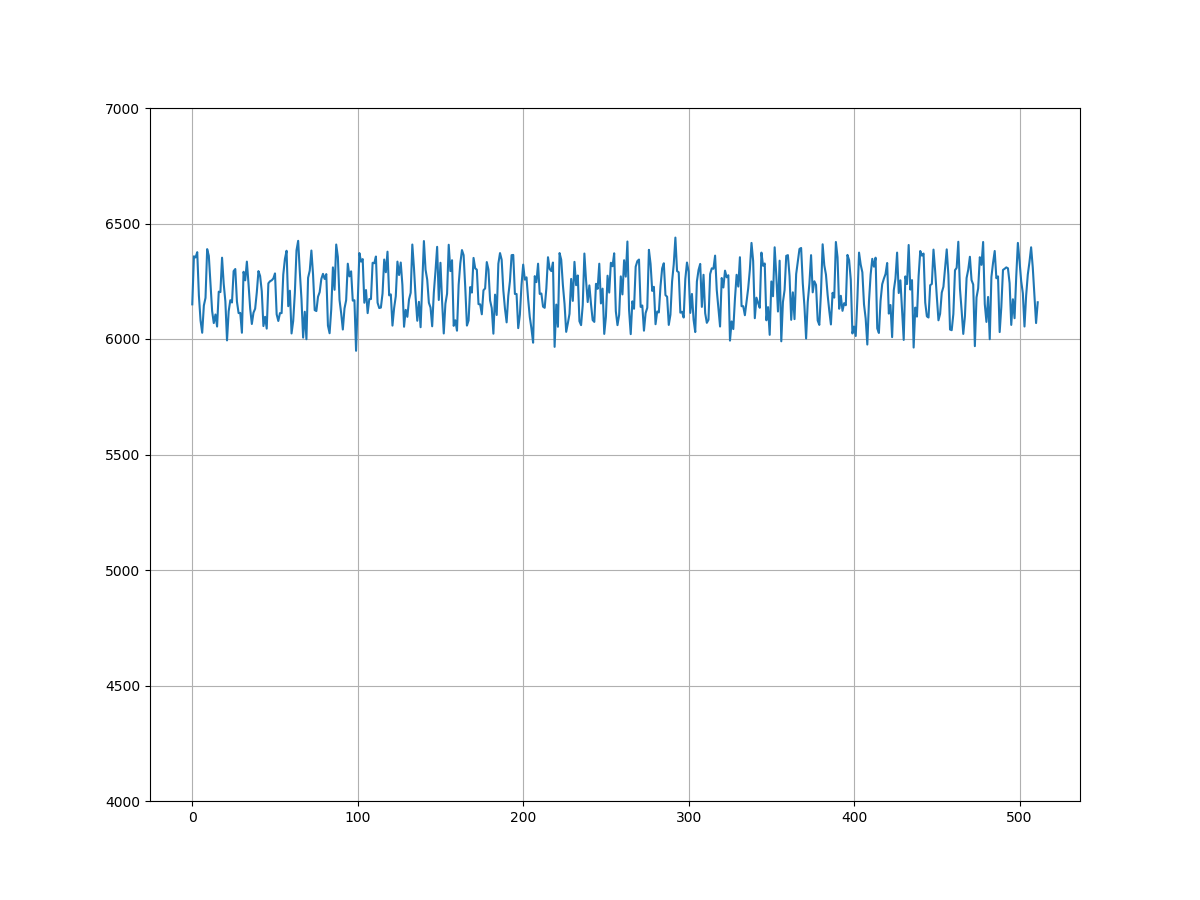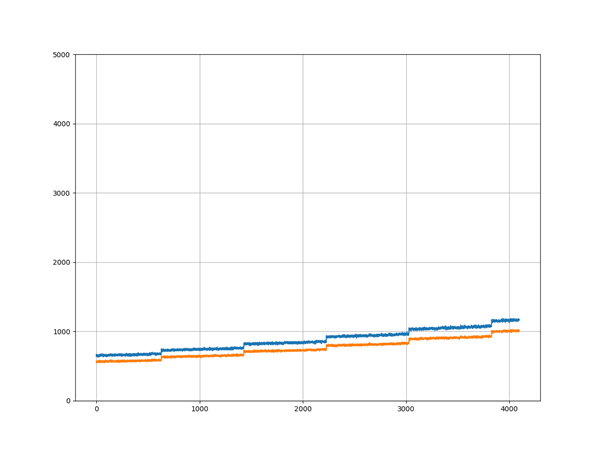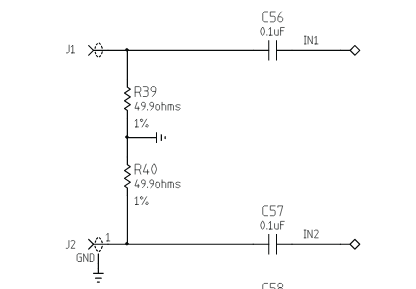Hi,
I have run into a problem, that I hope you can help me with.
We use several AFE5851 in static PGA mode. While setting COARSE_GAIN register seems to work fine, FINE_GAIN register
does not seem to have any impact on the signal level. Does it require any other register access perhaps that I missed?
I attached the gain profile when setting COARSE_GAIN only, but it is basically identical with the one when I also increment
FINE_GAIN.
Thank you.
Best regards,
Peter


